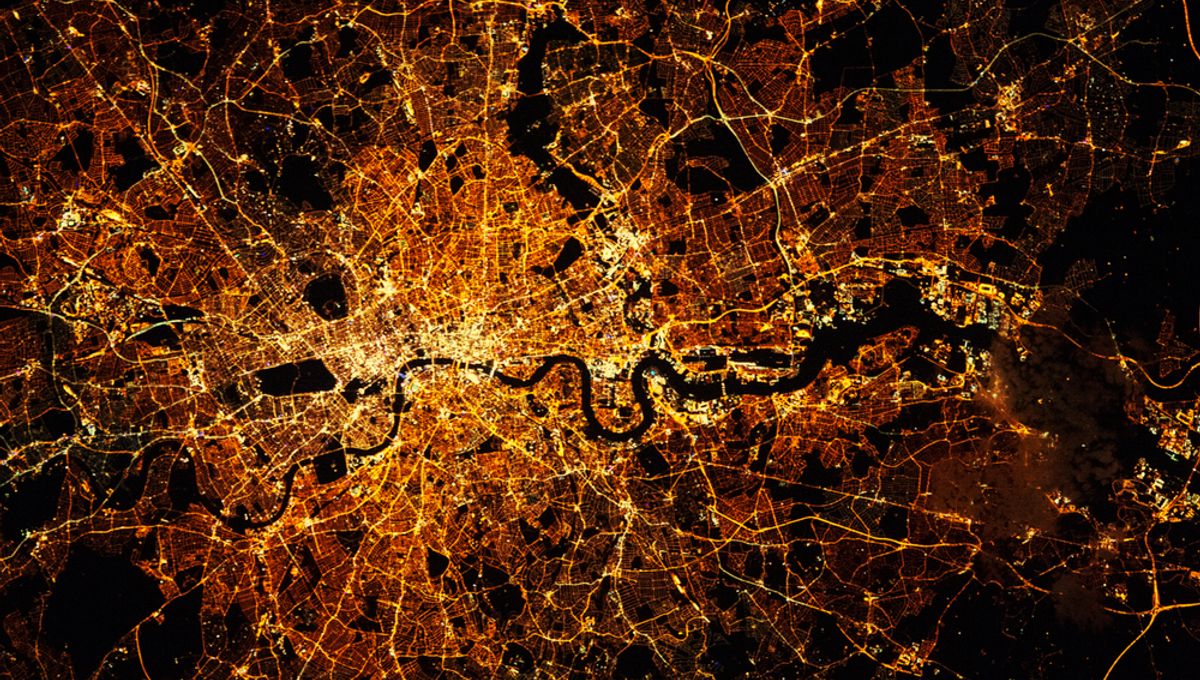
Supposedly, artificial intelligence (AI) is coming for all our jobs. Well, maybe not all – researchers recently put AI in control of their satellite to take images of Earth targets, and it took a route that has absolutely bewildered them. Either it is operating at an intelligence far beyond our comprehension, or it just makes zero sense.
The report comes from researchers in China, who outlined their work in a piece in the South China Morning Post, in which they gave AI control of a satellite for 24 hours. Technically, that breaks mission planning rules, but the researchers freely admit that and don’t appear to be too worried.
The AI was to have no human intervention and was tasked with controlling the satellite’s movements and observing areas of interest on the ground. It had free reign of Qimingxing 1, a small observation satellite, and in a way, it lets us peer into the mind of an AI to see what it thinks is interesting.
According to the team, the AI-controlled Qimingxing 1 picked out a few specific points and got a good look at them, though they aren’t sure why. It zoomed in on Patna, a large and ancient city on the Ganges river in India, and found specific interest in the area. While the AI wasn’t programmed to explain why it did what it did, it’s possible that Patna was picked over a deadly border dispute that occurred in 2020 between China and India – this military theme appears to continue into the AI’s other interests.
It also looked at Osaka, a Japanese port that “occasionally hosts US Navy vessels operating in the Pacific”, according to the SCMP.
As far as we know, this is the first time AI has been given complete control of an observation satellite without specific prompts or tasks. AI is becoming increasingly used in certain roles, such as image processing and collision avoidance, but it never goes beyond that, which the researchers believe is a missed opportunity. However, with the stakes being so high, it will likely take a lot of demonstration for researchers to hand over full control.
It is important to note that the AI had full control over the camera, but could not alter the course of the satellite or change its orbit.
The researchers hope that their work can help stop resource wastage on the 260 remote-sensing satellites China currently operates, which they state often sit idle or have low-value roles. They suggest AI could be used in observational and monitoring systems, such as alerting the national defense of military activity.
With the AI seemingly demonstrating such a keen interest in military activity and history on the ground, however, that doesn’t sound like a fantastic idea. AI – in its current form – doesn’t “think”, so it won’t be looking for military targets to destroy out of a sadistic tendency for violence. It’s fully possible the AI was trained on military history and it was not disclosed, however. It is also not disclosed exactly what this “AI” is, as the term has become so broad it could be anything from a basic target selection program to something like GPT-4.
The researchers have no idea why it chose those places, and handing full control over to an AI that cannot understand humans, their complex interactions, and anything beyond a training dataset, seems like a concerning plan currently.
Source Link: China Gave AI Control Of A Satellite, And It Started Staring At Bizarre Areas